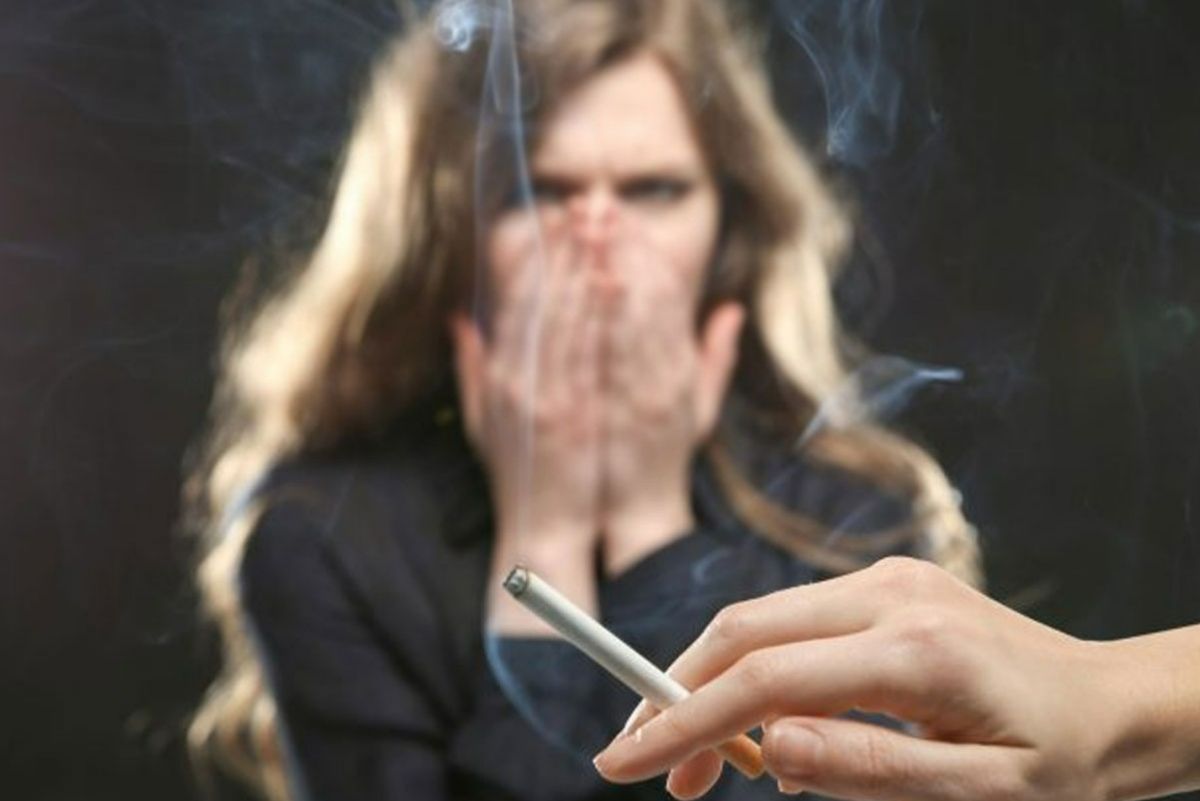Secondhand smoke or passive smoke is the smoke from the burning end of a cigarette, bd or water pipe that is inhaled by a smoker and exhaled by a non-smoker. Tobacco smoke contains over 4,000 toxic chemicals and there is no safe level of exposure to secondhand smoke.Also Read – Caution! Smoking cigarettes can cause you diabetes
Health Effects of Second Hand Smoke
Like active smokers, passive smokers or secondhand smokers are at increased risk of developing cardiovascular diseases, upper and lower respiratory tract infections, pulmonary diseases and lung cancer. Even brief exposure to secondhand smoke can damage the lining of blood vessels and make blood platelets stickier, and these changes can cause heart attacks.
Contraction of diseases from secondhand smoke
Dr. Vishal Rao, Director, Head Neck Surgical Oncology and Robotic Surgery, Center of Academics and Research, HCG says, “There is no safe level of exposure to secondhand smoke, but many people are unaware of this invisible killer. Evidence suggests that secondhand smoke is significantly associated with an increased risk of various diseases and health problems, particularly those affecting children, making it as dangerous as firsthand smoke.”
Dr. Vishal added, “Adult exposure to secondhand smoke causes cardiovascular disease, coronary heart disease and lung cancer. Nonsmokers exposed to secondhand smoke at home or at work increase their risk of heart disease by 25%-30% and lung cancer by 20%-30%. Exposure to secondhand smoke increases the risk of lower respiratory tract infections in young children, asthma in both adults and children, and ischemic heart disease and lung cancer in adults.”
Protecting the public from second-hand smoke
Vaishakhi Mallick, Associate Director, Policy Advocacy and Communication, Vital Strategies said, “According to the Global Adult Tobacco Survey (GATS), India, 2017, exposure to secondhand smoke has declined in India since 2009-2010. in the last GATS India report), but a large proportion of adults and children are still exposed to this invisible killer. Exposure to secondhand smoke in public spaces decreased from 29% to 23% and exposure at home decreased from 52% to 39%, but exposure at the workplace increased from 29.9% to 30.2%. Fully comprehensive smoke-free laws, with no exemptions, are effective in protecting smokers and non-smokers alike. To reduce tobacco use in India, it is important to adopt life-saving policies that reach millions of people.”
“To protect people from exposure to secondhand smoke, it is important to communicate not only the health risks of smoking but also the deadly effects of secondhand smoke. On the one hand, it is key to sensitize smokers about the serious illnesses they can cause to those around them, including their loved ones, while on the other hand it is important to make non-smokers aware of their right to health as outlined in smoke-free. laws,” Vaishakhi Mallick added.
$(document).ready(function() $('#commentbtn').on("click",function() (function(d, s, id) var js, fjs = d.getElementsByTagName(s)[0]; if (d.getElementById(id)) return; js = d.createElement(s); js.id = id; js.src = "https://connect.facebook.net/en_US/all.js#xfbml=1&appId=178196885542208"; fjs.parentNode.insertBefore(js, fjs); (document, 'script', 'facebook-jssdk'));
$(".cmntbox").toggle();
);
);
.
Source link
